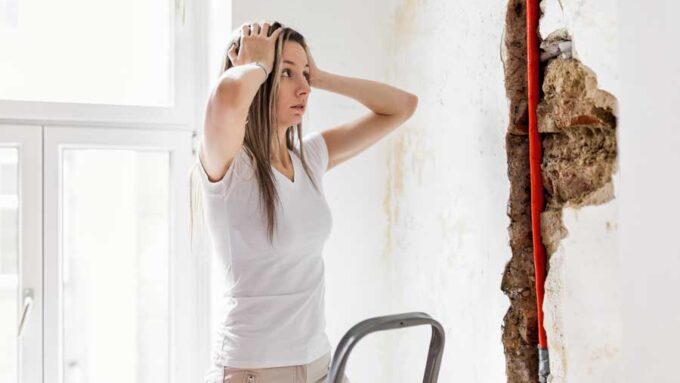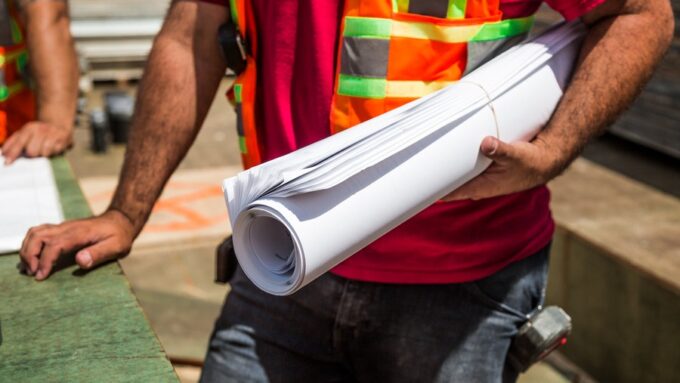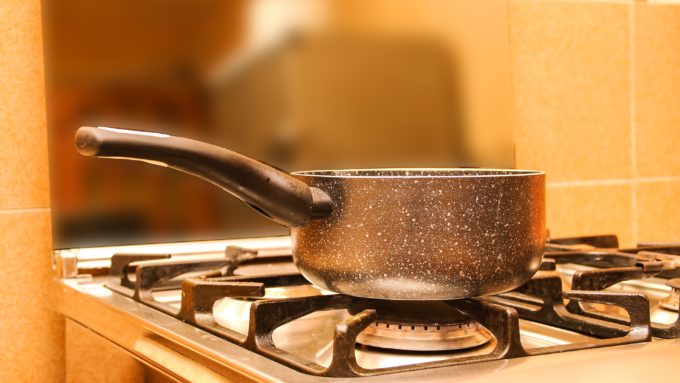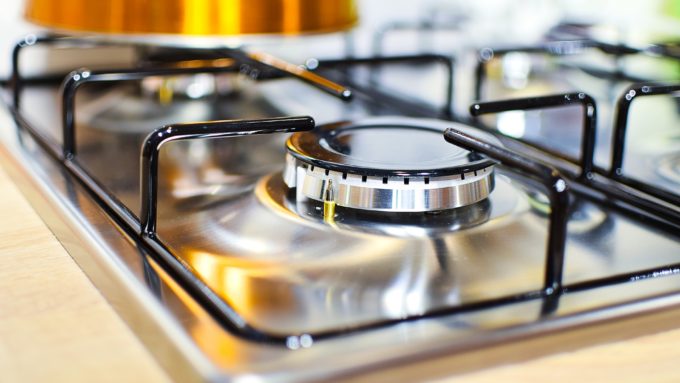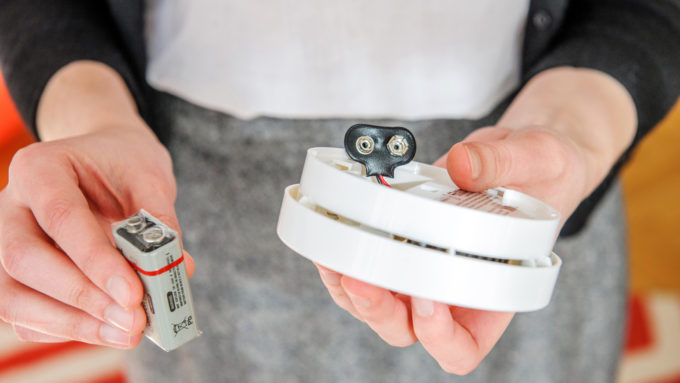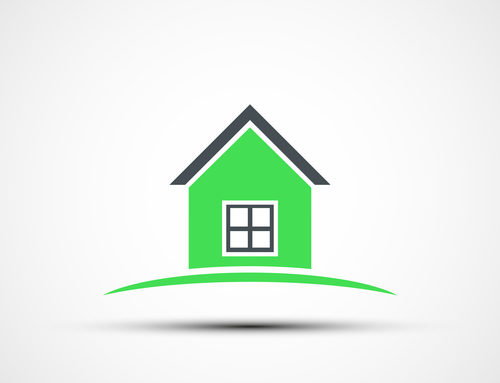Updated 4/19/2024
Navigating an insurance claim after water damage can be daunting. Understanding how to effectively communicate and negotiate with your insurance company can lead to a smoother claims process and better recovery outcomes.
This article highlights three crucial aspects to keep in mind when dealing with your insurance provider following water damage. By knowing what to expect, you can prepare accordingly and ensure that you receive the compensation you deserve.
| Topic | Key Points |
|---|---|
| Documentation is Key | Importance of detailed records |
| Understanding Your Policy | Coverage limits and exclusions |
| Communication Strategies | Effective ways to interact with insurers |
Being well-prepared can make a significant difference in the handling of your claim.
Documentation is Key
The success of your insurance claim largely depends on your ability to provide comprehensive documentation of the damage. Here’s how you can prepare:
- Photographic Evidence: Take clear, detailed photos of all affected areas and items before any cleanup or repairs begin. This serves as proof of the damage for your insurance company.
- Keep Records: Save receipts for any immediate repairs, temporary accommodations, or other expenses incurred due to the damage.
- Inventory of Damaged Property: Compile a detailed list of damaged items, including descriptions, age, and the cost of replacement or repair.
- Document the extent of water penetration and any visible signs of damage to structures or personal property.
- Note the date and time of the damage, as well as any actions taken immediately following the discovery.
Documenting every aspect of the damage and your initial response efforts is essential for substantiating your claim.
Understanding Your Policy
Knowing the details of your insurance policy is crucial when filing a claim. Understanding your coverage limits, deductibles, and exclusions will prepare you for discussions with your insurance adjuster.
- Coverage Details: Familiarize yourself with what types of water damage are covered by your policy—some policies exclude certain types of water damage, such as that caused by flooding.
- Exclusions and Limits: Be aware of any exclusions or specific limits on certain items or types of damage.
- Additional Coverage: Consider if additional riders or endorsements are needed to fully protect high-value items or to cover risks not included in the standard policy.
If you need guidance on navigating your insurance coverage or understanding your policy better, consider reaching out for professional advice or contacting your insurance provider directly.
Communication Strategies
Effective communication with your insurance company can influence the processing and outcome of your claim. Here are strategies to ensure productive interactions:
- Prompt Notification: Notify your insurer as soon as possible after discovering the damage. Delaying this can complicate the claims process.
- Stay Organized: Keep a log of all communications with your insurance company, including dates, names, and a summary of discussions.
- Be Persistent but Patient: The claims process can be slow. Regularly follow up, but understand that delays can happen, especially during high-demand periods.
Navigating these conversations with preparedness and understanding can lead to a more favorable claims experience.
Final Thoughts
Dealing with your insurance company after water damage requires knowledge, organization, and patience. By focusing on thorough documentation, understanding your insurance policy, and employing effective communication strategies, you can navigate the claims process more confidently and efficiently.
Now What Do I Do?
If you have further questions about handling insurance claims or need assistance after water damage, please contact our 24/7 support team. With decades of experience, RCS is here to guide you through the restoration process and help with your insurance claims. Serving Sonoma and Marin Counties since 1975, we are committed to your full recovery.
Note: This content is for educational purposes only and not intended as professional insurance advice. Please contact a licensed insurance agency to address your specific needs.

